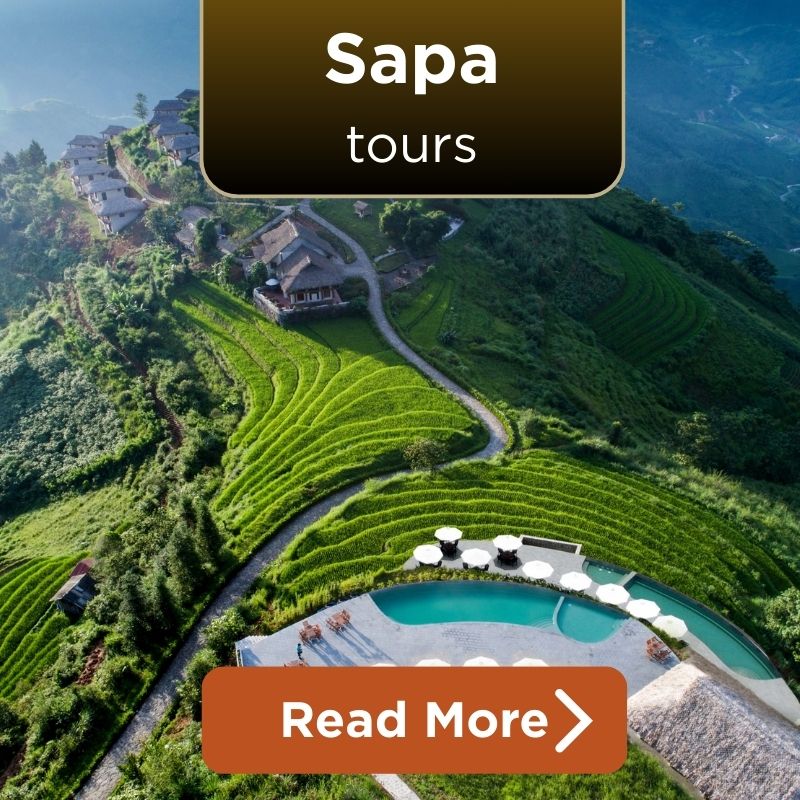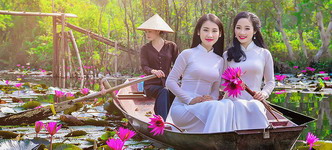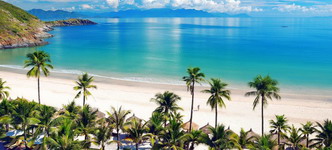Bamboo and rattan products:
- Each bamboo and rattan product is a work of art, requiring sophisticated and elaborate techniques and fine arts of talented and skillful hands. In order to have a satisfactory work, the Phu Vinh villager must first understand the materials he intends to make. For example, bamboo trees, cork, vacu, bamboo… and many other types of bamboo are plants belonging to the rice family. Bamboo is a straight-growing tree, with high hardness, dry and brittle, especially bamboo contains sugar, so it is easy to be eaten by weevils, so when used in knitting, it must be treated against weevils.
- In order to produce a product, it must go through many steps, from selecting and purchasing, processing raw materials, to manufacturing products. Purchased raw materials are re-dried. Then put it in a chemical bath for about 10 days to fight termites. Then take out the bamboo to grind, scrape the bark, use armor paper to polish and dry the bamboo.
- The next stage is to put the bamboo in the oven, use straw, straw or bamboo leaves to smelt the color, the product is brown or dark brown, at the request of the customer. After smelting to get the color, take the bamboo out of the oven to cool and then straighten it. Entering the packing stage, the craftsmen choose materials to cut out the items to match the products being born. The color of the product has many types, which can be from the original color of rattan or supported through the preparation of PU paint.
- Rattan is a forest product used as raw material for the production of handicrafts, household appliances (furniture) such as tables, chairs or baskets… Rattan core contains more water than the outer shell, when rattan dries Natural ivory white, flexible and tough. The durability of rattan if not wet can be 100 years or more. The rattan tree grows very slowly, each year it only grows 1 meter longer, when it reaches 5 meters long, it must be harvested. Young or old rattan trees are of poor quality.
Production status, production model:
Phu Vinh bamboo and rattan craft village not only meets the needs of domestic products but also reaches the fastidious markets in the world. Exports to China, Japan and some European countries account for 60% of the total product, and 40% of the domestic product.
Processing technique:
Consists of 2 stages: drying and splitting rattan. The rattan is split into thin spokes, the worker will depend on each product to choose a separate way to split the spokes. The spokes are polished to be more glossy and smooth; then they are dried, soaked in water, dried again so that rattan fibers have high plasticity.
In order to produce a product, it must go through many steps, from selecting and purchasing, processing raw materials, to manufacturing products. Purchased raw materials are re-dried. Then put it in a chemical bath for about 10 days to fight termites. Then take out the bamboo to grind, scrape the bark, use armor paper to polish and dry the bamboo.
The next stage is to put the bamboo in the oven, use straw, straw or bamboo leaves to smelt the color, the product is brown or dark brown, at the request of the customer. After smelting to get the color, take the bamboo out of the oven to cool and then straighten it. Entering the packing stage, the craftsmen choose materials to cut out the items to match the products being born. The color of the product has many types, which can be from the original color of rattan or supported through the preparation of PU paint.
Sampling is the first stage of rattan processing. The rattan tree, whether long or short, only cuts every 3m, straighten the rattan and then pull the knot. Chopping rattan is an elaborate job, requiring quite high skills. Rattan trees often have uneven nodes, so when splitting, it is necessary to pay attention to carefully control so that the large and small parts are equal. The main requirement of rattan splitting is that the fibers of each type must be very even. Large yarn for knitting normal products. Microfiber is used to make precious items, or to create sophisticated flowers… Our technique of splitting bamboo and rattan fibers is a precious creation. Depending on the big and small bamboo and rattan trees, the decision to split is even or odd. To make one size rattan, if you split the small rattan into quarters or six, then split the larger one into seven or nine strands.
After splitting, the spokes are polished to have smooth, flat rattan fibers, then dried in the sun to dry, so that the water in the rattan fibers escapes. In order for the product to have a variety of colors, after drying, the rattan fibers will be dipped into pots of chopped shiitake leaves that have been boiled. This is a completely natural, chemical-free way of coloring that makes Phu Vinh’s bamboo and rattan products not harmful to users’ health and has a high color fastness of 30-40 years.
Traditional product:
In the past, Phu Vinh rattan and bamboo products were mainly produced to serve daily life such as: baskets, gradually, sieves, bags, boxes… Nowadays, the village has many designs and types that require technical skills. such as portraits, landscapes, parallel sentences, birds and animals or ceramic products wrapped in rattan, interior decorations such as lampshades, curtains…
Modern products:
Rattan and bamboo are not only flexible and easy to shape, but also very durable, according to artisan Hoang Van Hanh, bamboo and rattan products can be kept longer than human life if they know how to keep the product’s lifespan. He also said that: Rattan and bamboo are not only applied materials in decoration, furniture, fashion, life items, … but also can be used in the design of residential buildings.








































